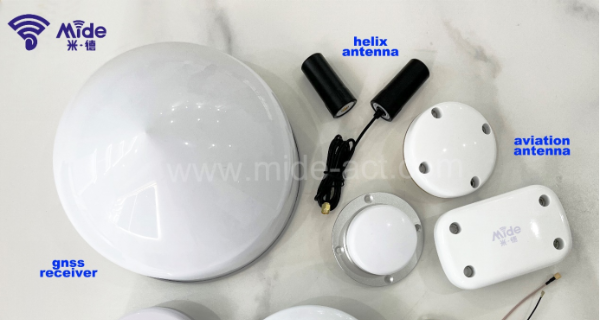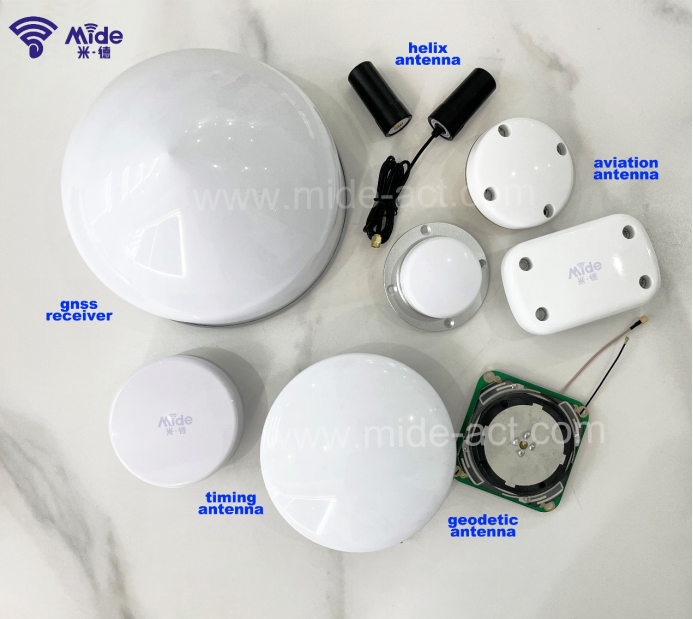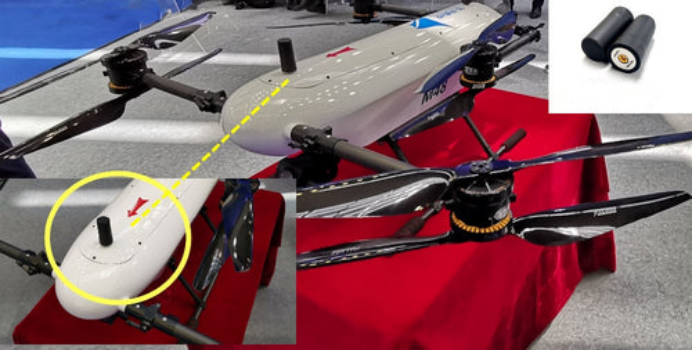News
Site Editor
 Site
https://mide-act.usa72.wondercdn.com/uploads/image/635cdcc32f0fa.png
An antenna is an energy converter that transforms traveling waves propagating on a transmission line into electromagnetic waves, which are radiated into space. The process involves converting electric fields into magnetic fields, forming an electromagnetic wave to transmit signals, and vice versa when receiving signals through a line.
Site
https://mide-act.usa72.wondercdn.com/uploads/image/635cdcc32f0fa.png
An antenna is an energy converter that transforms traveling waves propagating on a transmission line into electromagnetic waves, which are radiated into space. The process involves converting electric fields into magnetic fields, forming an electromagnetic wave to transmit signals, and vice versa when receiving signals through a line.
Choosing the Right Antenna: Optimizing Your Communication Range and Quality
Views: 592
Author: Site Editor
Publish Time: 2023-05-17
Origin: Site
Antennas are a vital component of communication technology, allowing data to be transmitted and received over long distances. However, choosing the right antenna can be challenging, especially for beginners who may not fully understand the conversion process of electromagnetic waves.
What is an antenna and how does it work?
An antenna is an energy converter that transforms traveling waves propagating on a transmission line into electromagnetic waves, which are radiated into space. The process involves converting electric fields into magnetic fields, forming an electromagnetic wave to transmit signals, and vice versa when receiving signals through a line.

Factors to consider when choosing an antenna
The design and selection of antennas are essential components of wireless transceiver design in RF systems. A good antenna system can achieve optimal communication distance, while an inappropriate one can lead to a decrease in communication quality. Therefore, it's important to consider the following factors:
Operating Frequency - Antennas are designed to transmit and receive electromagnetic waves at specific frequencies. Choosing the right frequency is crucial, as using an antenna that operates at the wrong frequency can result in poor signals or reduced transmission rates.
Gain - Antenna gain represents the energy concentration and conversion efficiency of the antenna towards the signal. Increasing the gain of wireless communication concentrates the energy of the signal but affects the working direction of the antenna. Generally speaking, the higher the gain, the stronger the directionality of the antenna.

Classification of antennas based on installation location
Antennas can be internal or external, depending on their installation location. Built-in antennas are commonly used in small-sized products such as handheld devices, wearable designs, and smart homes. They offer high integration and an attractive appearance. External antennas, on the other hand, are installed outside the device and are generally standard products that can be easily selected based on the desired frequency band.

Conclusion
Antennas play a crucial role in communication technology, affecting signal strength and quality, with their importance in the field of mobile communication being crucial. By selecting, installing, and adjusting antennas, the signal quality within the coverage area of the base station can be guaranteed. Choosing a high-quality and suitable antenna can improve communication quality and expand communication range.
In summary, when choosing an antenna, it's important to consider factors such as operating frequency, gain, and installation location. By taking these into account, individuals can choose the appropriate antenna for their specific needs and improve their overall communication experience.






